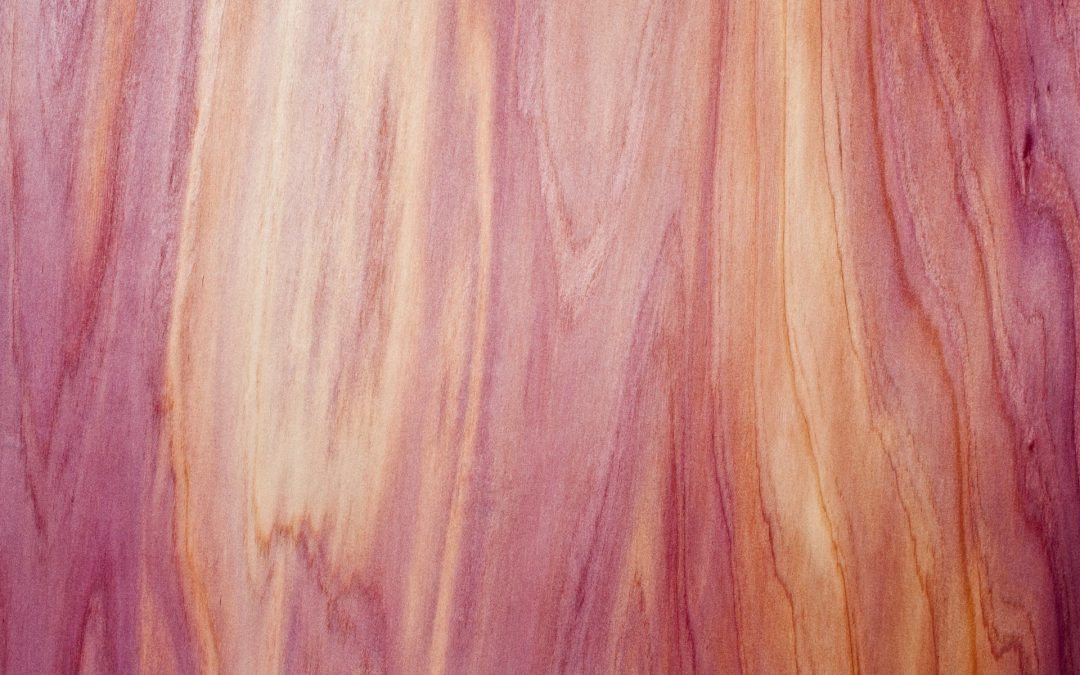If you are anything like me, you “Google” the best products and prices of products that you plan on buying. There is an abundance of information to filter through and it can be difficult to tell what is true and what is not. This article will discuss why Western Red Cedar is probably a good option for your outdoor project. At PMH, we use Western Red Cedar to construct our pergolas, pavilions, fences and cabinets. We have good reason to do so. Research has shown that Western Red Cedar is a superior lumber for building projects.
1. Durability
Western Red Cedar has been used for centuries to build homes, boats and furniture and outdoor decor. There are actually red cedar totem poles around today that have withstood hundreds of years of weathering and are still in decent shape! Western Red Cedar is also used widely today for home and furniture building.
While cedar does not rank among the highest in resistance to pressure (like Douglas Fir and Hemlock) it is certainly a sound choice of lumber to use structurally. (Mackie, WRCLA.)
One of the reasons that Western Red Cedar is durable is because of the low sapwood content. Underneath the bark there is only about a ¾” ring of sapwood unlike other durable lumbers that have more sapwood content. (DunnLumber, 2019.)
2. Appearance
Cedar is definitely known as being the “pretty face” of lumber.
One of the beautiful things about Western Red Cedar is the wide range of color that occurs naturally. At first glance, some consumers wonder about this natural variation in color. This is no indication of poor quality, it is the natural condition of Western Red Cedar.
The natural color of Western Red Cedar has been widely regarded as having the ability to give the feeling of warmth to a space due to it’s strawberry blonde undertone.
Western Red Cedar is also free of pitch which makes it easy to stain and makes it easier to accept a wide range of stain colors.
3. Resistance to rot
According to the USDA Forest Products Lab, cedar is resistant to rot. This is the reason that you will see Western Red Cedar used for a myriad of outdoor projects, like siding and shingles, and for the construction of buildings.
Trees are constantly under attack by outdoor elements. They are put at risk of decay because of weathering and pests. Some trees, in response, adapt to this by making antifungals. The antifungal protects the cell walls of individual cells in the wood. The antifungal doing this work in the Western Red Cedar is thujaplicin (Nault, J., 1988).
4. Sustainability
Being “sustainable” is the ability to be maintained at length without interruption or weakening.
Western Red Cedar is a sustainable lumber primarily because of its resistance to rot. This makes the life of the cedar product longer and thus more sustainable. Since it lasts longer there is less production needed of cedar and thus less negative environmental impact.
The Environmental Product Declaration on Western Red Cedar states:
“Western red cedar lumber from WRCLA members come from forests that are independently certified as legal and sustainable (FPInnovations, 2015).”
At PMH, we are proud to use a lumber that is sustainable – for our clients and our environment!
FPInnovations, North American Structural and Architectural Wood Products, Version 2.0 June 2015.
Dunn Lumber (2019), https://solutions.dunnlumber.com/projects/how-western-red-cedar-is-graded.
J. Nault., Wood Sci. Technol. 22: 73- 80 (1988) and Technology 9 Springer-Verlag 1988 Radial
distribution of thujaplicin in old growth and second growth western red cedar
(Thuja plicata Donn), Vancouver, Canada.



